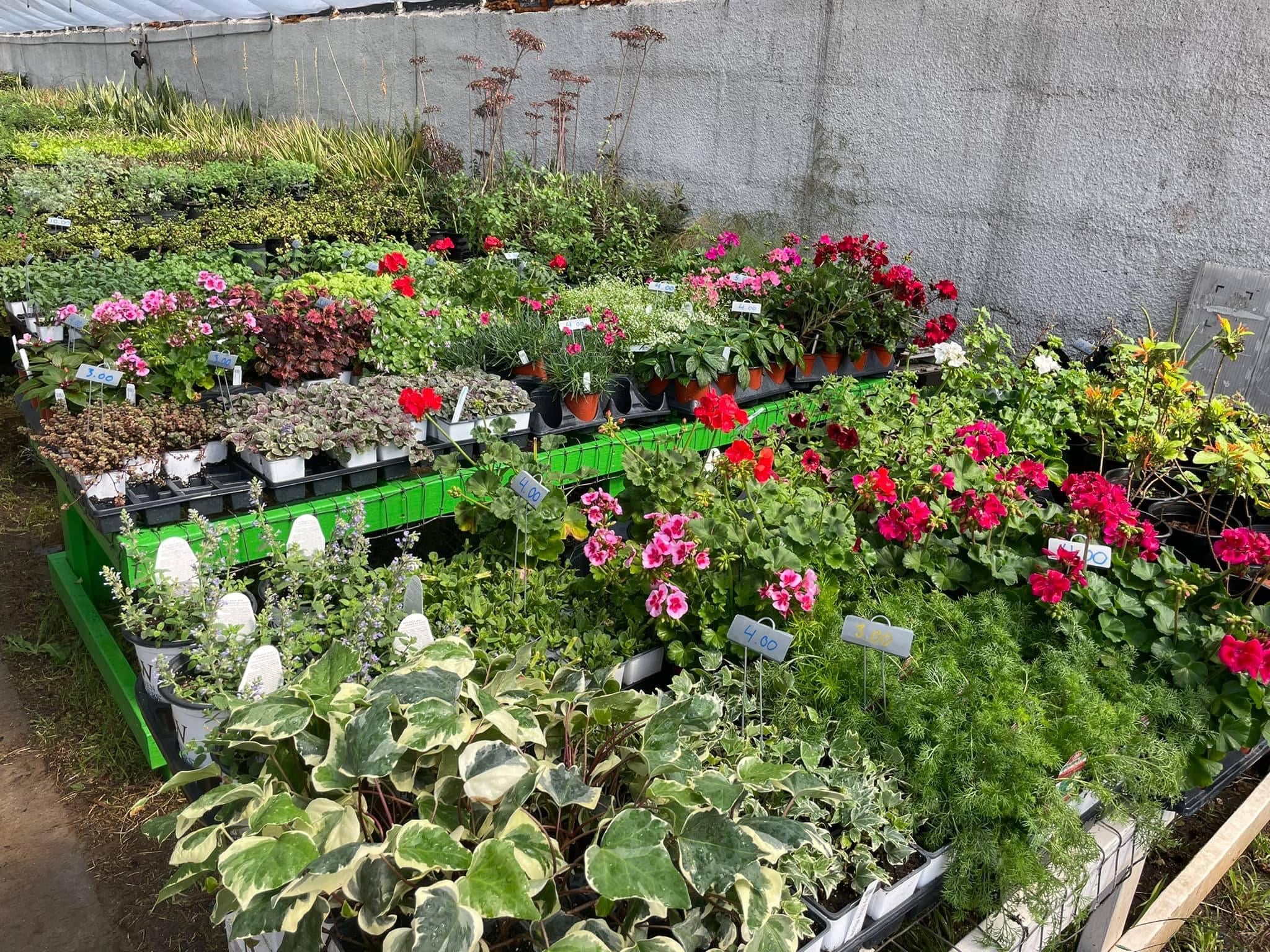About West Texas native plants
Native plants are those that evolved naturally in North America. More specifically, native plants in a particular area are those that were growing naturally in the area before humans introduced plants from distant places.
Why Landscape with Native Plants?
Landscaping with native plants has several appealing factors.
Native Plants Save Energy:
Native plants have evolved and adapted to local conditions over thousands of years. They are vigorous and hardy, so can survive winter cold and summer heat. Once established, they require no irrigation or fertilization. They are resistant to most pests and diseases. Thus, native plants suit today's interest in "low-maintenance" gardening and landscaping.
A Place for Children to Play:
Native plantings will give children a place to play where they can become aware of the workings of the world around them. Research suggests that rural children may think differently from their urban counterparts. Rural children explain other's behavior mainly with references to characteristics of situations (the outer world has impact – you interact with it), while urban children spoke in terms of internal intentions and beliefs. Native landscaping allows us to explore nature within our children's frame of reference.
Native Plants Stay Put:
Each native plant species is a member of a community that includes other plants, animals and microorganisms. The natural balance keeps each species in check, allowing it to thrive in conditions where it is suited, but preventing it from running amok. Thus, native species rarely become invasive, as plants introduced from other areas can be.
Native plants provide food and shelter for birds, butterflies and other desirable wildlife:
Many help to enrich the soil. Their root systems help rainfall percolate into the soil, reducing erosion and runoff. This improves water quality.
Native Plants Are Interesting:
The diversity of native plants includes interesting flowers and foliage. Native shrubs and trees provide a variety of heights, shapes and textures in the landscape. Many provide winter interest through their bark or seed pods.
Another dimension of native plants is their historical and cultural interest. Some plants played a significant role in Native American culture, or in the European exploration and settlement. Many species have reported value as food or medicine. Others have been used for cordage, textiles, dyestuffs, or similar domestic purposes. Native plants can provide children and adults with a tangible link to the past.
Why Landscape with Native Plants?
Landscaping with native plants has several appealing factors.
Native Plants Save Energy:
Native plants have evolved and adapted to local conditions over thousands of years. They are vigorous and hardy, so can survive winter cold and summer heat. Once established, they require no irrigation or fertilization. They are resistant to most pests and diseases. Thus, native plants suit today's interest in "low-maintenance" gardening and landscaping.
A Place for Children to Play:
Native plantings will give children a place to play where they can become aware of the workings of the world around them. Research suggests that rural children may think differently from their urban counterparts. Rural children explain other's behavior mainly with references to characteristics of situations (the outer world has impact – you interact with it), while urban children spoke in terms of internal intentions and beliefs. Native landscaping allows us to explore nature within our children's frame of reference.
Native Plants Stay Put:
Each native plant species is a member of a community that includes other plants, animals and microorganisms. The natural balance keeps each species in check, allowing it to thrive in conditions where it is suited, but preventing it from running amok. Thus, native species rarely become invasive, as plants introduced from other areas can be.
Native plants provide food and shelter for birds, butterflies and other desirable wildlife:
Many help to enrich the soil. Their root systems help rainfall percolate into the soil, reducing erosion and runoff. This improves water quality.
Native Plants Are Interesting:
The diversity of native plants includes interesting flowers and foliage. Native shrubs and trees provide a variety of heights, shapes and textures in the landscape. Many provide winter interest through their bark or seed pods.
Another dimension of native plants is their historical and cultural interest. Some plants played a significant role in Native American culture, or in the European exploration and settlement. Many species have reported value as food or medicine. Others have been used for cordage, textiles, dyestuffs, or similar domestic purposes. Native plants can provide children and adults with a tangible link to the past.


1
/
of
2
